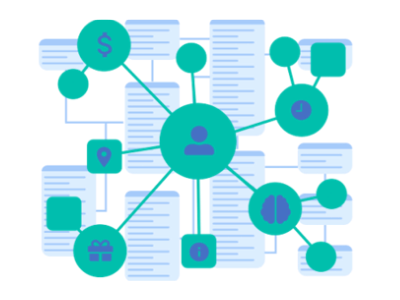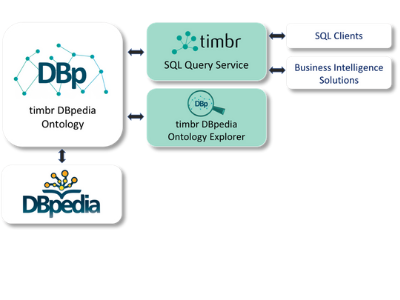Timbr Blog
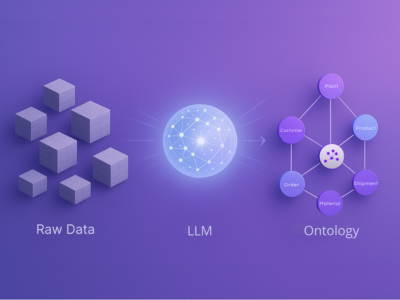
Business IntelligenceData ConsumptionData ModelingOntologiesSemantic Layer
Why AI Data Initiatives Stall and How SQL Ontologies Finally Break the Cycle
Introduction GenAI promised a new way to access data, where anyone could ask a question in plain language and receive accurate insight or SQL on demand. But most ...
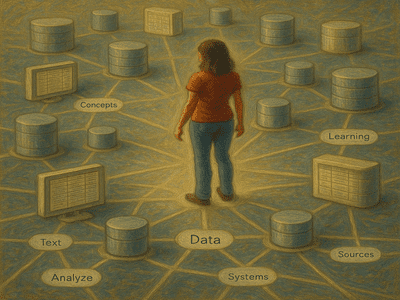
Business IntelligenceData ConsumptionData ModelingOntologiesSemantic Layer
Timbr GraphRAG: Power Smarter AI with Structured + Unstructured Data
Timbr’s GraphRAG SDK lets developers build advanced RAG workflows using structured SQL-based retrieval, without needing a graph database. Unlike traditional RAG, GraphRAG leverages Timbr’s ontology to follow relationships, ...
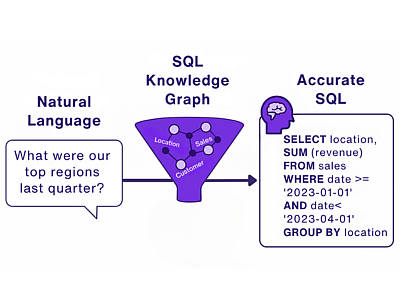
Business IntelligenceData ConsumptionData ModelingOntologiesSemantic Layer
Why Enterprise LLMs Need SQL Knowledge Graphs for Accurate NL2SQL
Introduction Large Language Models (LLMs) like GPT-4, Claude, and Gemini are transforming how enterprises interact with data. Teams increasingly expect to ask natural language questions and receive precise, ...
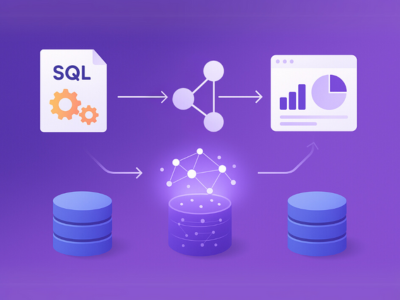
Business IntelligenceData ConsumptionData ModelingOntologiesSemantic Layer
Timbr Measures vs. Custom SQL Aggregations in Databricks
Databricks supports measures through ad-hoc SQL, Spark, and Delta Live Tables—but these can be complex and hard to manage at scale. Timbr offers a smarter approach with automatic ...

Business IntelligenceData ConsumptionData ModelingOntologiesSemantic Layer
Happy Ontologing!: Turn Data Chaos into Work Delight
Introduction For data pros – engineers, analysts, and developers – tackling messy, multi-source data often feels like wrestling a hydra: siloed systems, endless JOINs, and elusive insights. But ...
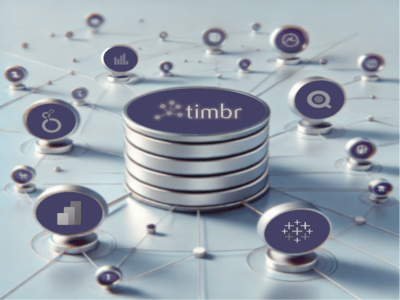
Business IntelligenceData ConsumptionData ModelingOntologiesSemantic Layer
Mano a Mano: Proprietary BI vs Headless BI SQL Measures
Organizations often find themselves juggling multiple Business Intelligence (BI) tools, each with its own way of defining and managing metrics. This fragmentation leads to inconsistency, increased maintenance overhead, ...
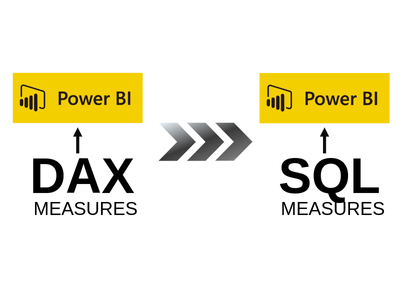
Business IntelligenceData ConsumptionData ModelingOntologiesSemantic Layer
Why SQL Beats DAX Hands Down for Power BI Metrics
For Power BI users, DAX measures have been the go-to approach for defining business metrics within reports and dashboards. However, as datasets grow and analytical demands increase, DAX’s ...

Business IntelligenceData ConsumptionData ModelingOntologiesSemantic Layer
Why Every Business Needs a Self-Serve Metrics Store
Introduction Imagine two departments in your company calculating ‘Customer Churn Rate’ differently, leading to strategic misalignment and confusion in decision-making. This scenario highlights a common challenge in today’s ...
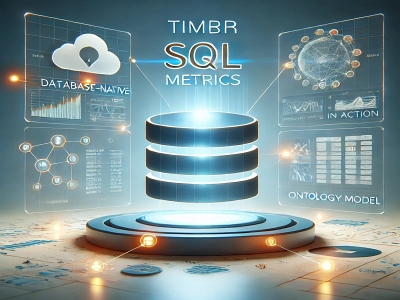
Business IntelligenceData ConsumptionData ModelingOntologiesSemantic Layer
Timbr SQL Metrics Store: Superior Metrics to Power Analytics
Tools like Power BI traditionally rely on measures defined with DAX. DAX introduces inefficiencies when dealing with complex data models, excessively pushing down queries to the database, leading ...

Business IntelligenceData ConsumptionSemantic Layer
Empowering Excel Users to Retrieve Data with Natural Language
Timbr NLQ allows properly authorized business users to retrieve data with natural language, transforming complex SQL queries into intuitive, conversation-driven inputs directly in Excel for streamlined analysis. Timbr ...

Big DataData ModelingOntologiesSemantic Layer
Powerful SQL Ontologies: The Next Generation of Data Modeling
SQL ontologies provide a practical, flexible way to model data, replacing traditional ERD structures with semantic models that simplify querying relationships across data sources, all within a familiar ...

Big DataData ConsumptionData ModelingSemantic Layer
Semantic Layer or Creating Views Forever?
Aren’t you tired of creating Views over and over again? How much time are you wasting managing Views? Can you keep track of all the Views in your ...
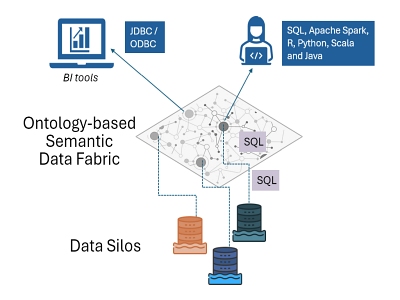
Big DataData ModelingSemantic Layer
Timbr Powers the Ontology-based Semantic Data Fabric
Introduction Enterprises need flexible, scalable, and efficient ways to manage their ever-growing datasets. Traditional data architectures, such as centralized data lakes or warehouses, often struggle to meet the ...

Big DataData ConsumptionData ModelingREST APISemantic Layer
Building Better Data Applications: How Timbr Powers Flexibility, Performance, and Security
Developers of data applications often face challenges like complex queries, integrating multiple data sources, and ensuring high performance and real-time access while maintaining security and scalability. Timbr simplifies ...
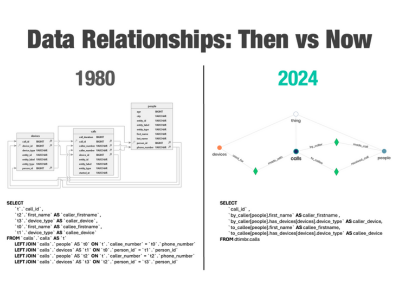
Big DataData ModelingSemantic Layer
Data Relationships: Then and Now
A Comparison of SQL Relationships and Timbr’s Semantic Relationships Traditional SQL databases use primary and foreign keys mainly for data validation, rather than for managing relationships between tables. ...
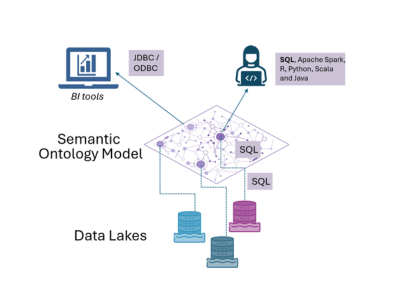
Big DataData ModelingLLMs and ChatGPTSemantic Layer
Managing Relationships in Modern Data Lakes
Introduction Data lakes provide organizations with a robust solution for storing vast volumes of structured, semi-structured, and unstructured data in a highly flexible and scalable environment. Technologies such ...
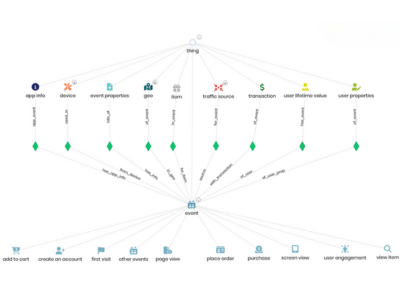
Big DataData ModelingLLMs and ChatGPTSemantic Layer
Centralizing Business Logic with Ontology-Based Semantic Layers
Semantic layers have become a standard requirement for modern data architectures, creating a unified view of data that simplifies management and ensures consistency across an organization’s data architecture. ...
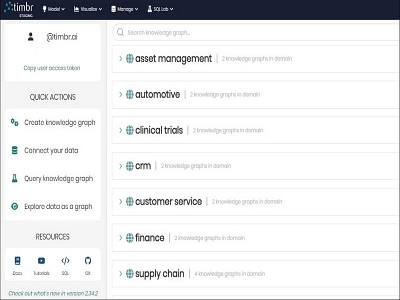
Big DataData ModelingSemantic Layer
Semantic Data Mesh for Scalable Data Management
Data mesh is an innovative data architecture that challenges traditional centralized approaches, like data warehouses and data lakes, by decentralizing data ownership and management. This approach is particularly ...
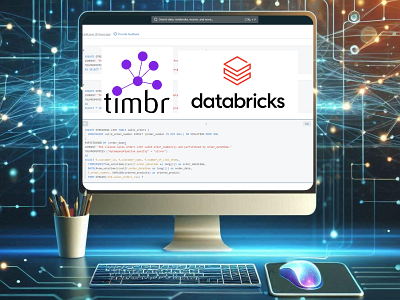
Big DataData ModelingSemantic Layer
Use Databricks Notebook to Model an Intelligent Semantic Layer
Timbr’s native integration with Databricks enables fully declarative definition of semantic models, so business context, relationships and business rules are defined as part of the data pipeline within a single development ...

Big DataLLMs and ChatGPTOntologiesSemantic Layer
Leveraging SQL Knowledge Graphs for Accurate LLM SQL Query Generation
In a previous post, we discussed the need to include knowledge graphs as an integral part of an enterprise LLM strategy. This post discusses how knowledge graphs can ...
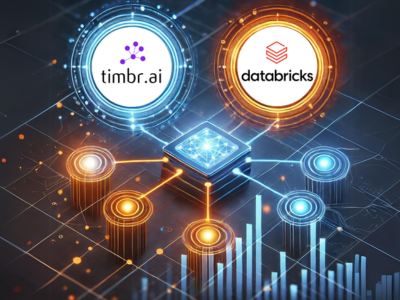
Big DataData ModelingSemantic Layer
From ETL to Semantic Model: Modeling a Semantic Layer in Databricks with Timbr
Timbr’s native integration with Databricks offers a novel approach that combines the power of ETL processes with the advantages of semantic modeling directly within the familiar Databricks Notebook. ...
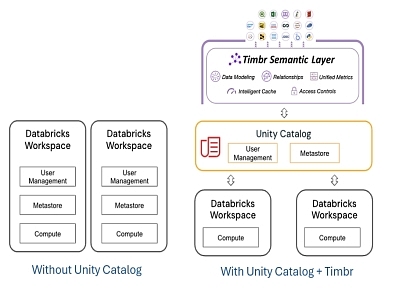
Big DataData ModelingOntologiesSemantic Layer
Timbr Seamlessly Integrates with Databricks’ Unity Catalog
Timbr Intelligent Semantic Layer integrates with Databricks’s Unity Catalog Introduction The Timbr Platform, combined with Databricks, offers a powerful solution for creating and utilizing scalable semantic graph data ...

Big DataData ModelingLLMs and ChatGPTOntologiesSemantic Layer
Why You Need to Consider Knowledge Graphs in Your LLM Strategy
Introduction Part 1 of 2 Large language models (LLMs) and semantic knowledge graphs (KGs) are two technologies that offer unique strengths, each contributing distinct capabilities to the field of artificial ...

Big DataData ModelingOntologiesSemantic Layer
Easily Transform ERD Drawings into Intelligent Semantic Models with ChatGPT
Introduction Timbr users often ask for a straightforward method to transform their legacy data model into an SQL ontology design to help jumpstart the creation of their new ...
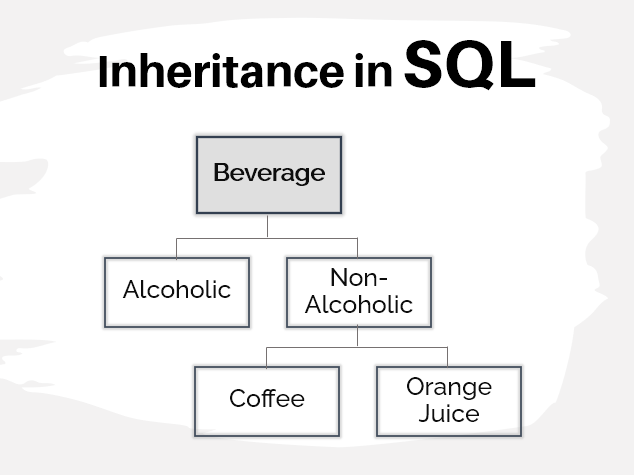
Big DataData ModelingOntologiesSemantic Layer
Inheritance in SQL to Power Complex Analytics
Introduction One core of data management in relational databases lies in accurately modeling real-world hierarchies, a task that becomes exponentially more challenging with the concept of inheritance. Traditional ...
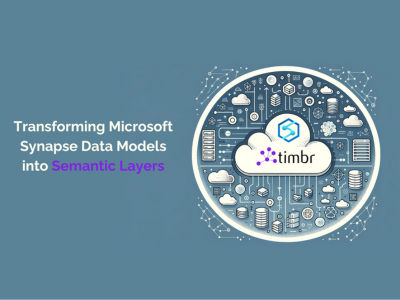
Big DataData ModelingSemantic Layer
Transforming Microsoft Synapse Data Models into Semantic Layers
Introduction Microsoft Synapse Common Data Models (CDM) and Industry Data Models (IDMs) enable data product interoperability. Both model types help users organize the way data is shaped and shared ...
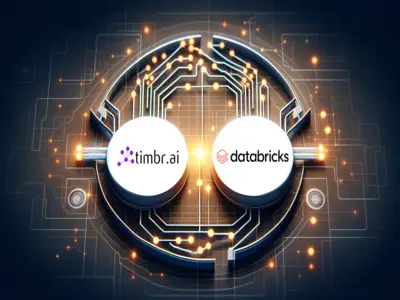
Big DataNewsSemantic Layer
Timbr.ai Partners with Databricks to Enable the Intelligent Semantic Delta Lake
Today we are thrilled to unveil our partnership with Databricks, a leading platform for large-scale data processing and analytics. This collaboration enables Databricks users to leverage Timbr’s robust ...
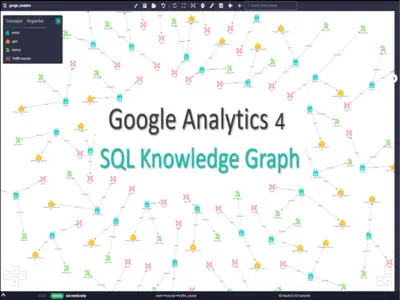
BigQueryGoogle AnalyticsOntologiesSemantic Layer
Boost Google Analytics 4 ROI with a Semantic Ontology
A standardized semantic model for Google Analytics 4 reduces the complexity of data handling and transforms it into an intuitive strategic tool that democratizes data access, allowing marketing ...

Big DataData ConsumptionData ModelingSemantic Layer
From Integration to Insight in Under 10 Minutes
https://timbr.ai/wp-content/uploads/2024/02/Int-To-Ins-10Min-Second-Edition-With-Soundtrack-2.mp4#t=,158 Introduction The journey from data integration to deriving insightful analytics is nowadays more challenging than ever for reasons familiar to any data practitioner. The process of connecting ...

Data ModelingOntologiesSemantic Layer
Timbr Automates Creation of Data Model Relationships
How does Timbr accelerate engineering of a semantic layer on top of data? In this part 2 of the series we discuss and demonstrate the bulk creation of ...

Data ModelingSemantic Layer
Timbr Automates Intelligent Semantic Modeling of Data
How does Timbr accelerate engineering of a semantic layer on top of data? In this article, we explain Timbr’s advanced functionality that enables users to create virtual concepts ...
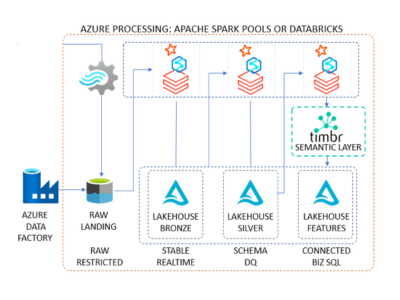
Big DataData ModelingSemantic Layer
Timbr & Databricks Lakehouse Deliver an Insights First Architecture to Power Enterprise Data Consumption
Thanks to Rajesh Iyer, Global Head of AI & ML for Banking, Capital Markets, P&C, Life & Health Insurance at Capgemini for sharing the material used in this ...
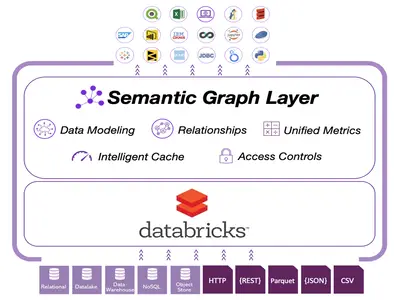
Big DataBusiness IntelligenceData ModelingSemantic Layer
The Semantic Layer for Databricks
Timbr Intelligent Semantic Layer with Databricks as the virtualization engine Introduction Organizations are dealing with increasingly large and complex datasets in today’s data-driven world. The necessity to efficiently ...
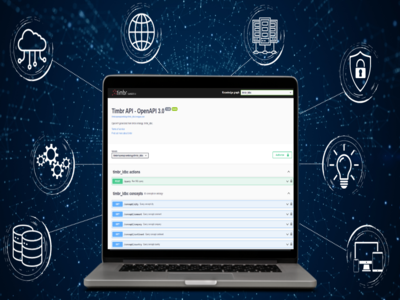
Big DataData ConsumptionREST APISemantic Layer
Semantic Swagger Self-documenting API for every Semantic Model
Introduction In the constantly changing digital ecosystems, millions of developers globally rely on REST APIs to power their applications, streamline data integration, and foster interoperability across systems. Given ...
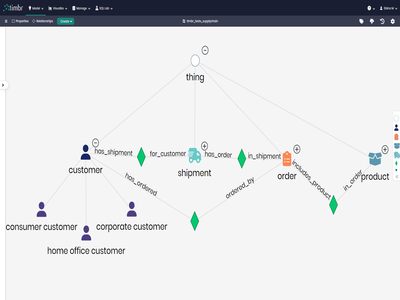
Data ModelingOntologiesSemantic Layer
Why Your Data Model Needs Semantics and Relationships
There is a built-in discrepancy between how businesses conceptualize their business domain, and how this conceptualization gets translated into concrete data models. Modeling data with semantics and relationships ...
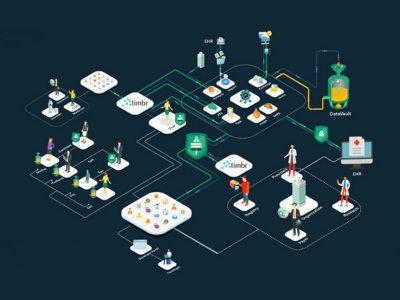
Big DataData ModelingREST APISemantic Layer
Utilizing Timbr’s Semantic Layer for Rapid Data Interoperability in Healthcare
Intro HL7®’s FHIR® – Fast Healthcare Interoperability Resources’ standard is a set of rules and specifications for exchanging electronic healthcare data. It is designed to be flexible and adaptable, ...
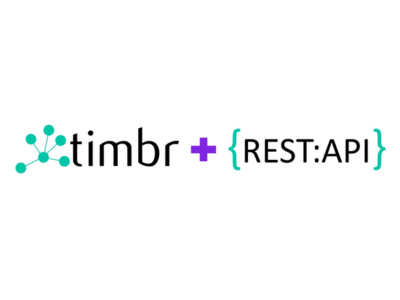
Data ConsumptionREST APISemantic Layer
Timbr’s REST API blends the best features of REST and GraphQL
Introduction REST API and GraphQL are the popular options that developers use to retrieve data for websites and web applications. In the past few years, REST emerged as ...

Big DataBusiness IntelligenceData ScienceGraph AlgorithmsSemantic Layer
Delivering Hyper-Personalized Products and Services Fast and with Minimal Effort
Introduction Hyper-personalization involves leveraging data analytics, artificial intelligence (AI), and real-time customer data to create highly tailored and individualized strategies to optimize customer engagement. In collaboration with Capgemini, ...

Big DataBusiness IntelligenceData ModelingOntologiesSemantic Layer
Investigating Royalty and Offshore Companies with Timbr
Introduction Over the years, the International Consortium of Investigative Journalists (ICIJ) has exposed hundreds of thousands of documents regarding offshore companies, foundations and trusts from the Pandora Papers, ...
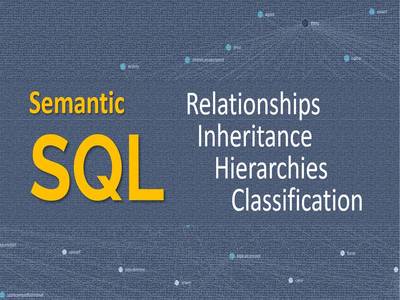
Big DataData ModelingOntologiesSemantic Layer
Relationships, inheritance and hierarchies in SQL to accelerate time to value
Business users ask questions in business terms. Formulating the SQL queries that answer these questions require discovery and understanding of the data stored in the physical model. This ...

Big DataSemantic Layer
Timbr Intelligent Semantic Layer: 360° SQL access to data without JOINs
SQL queries to the intelligent semantic layer are no different in syntax from the SQL queries to the database known to every data engineer, data scientist or analyst. ...

Big DataData ModelingData ScienceOntologiesSemantic Layer
Understanding data and accelerating consumption with Timbr’s Semantic Hierarchies & Classifications
Datalakes, data warehouses, big data engines and most databases default back to SQL as their main query language, but anyone familiar with SQL is aware of the complexity ...
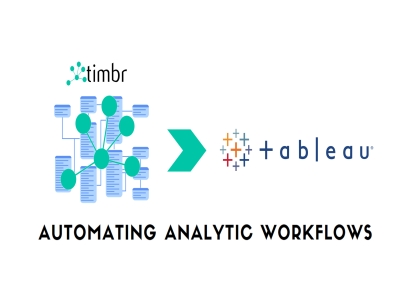
Big DataBusiness IntelligenceSemantic Layer
Empowering Tableau with Timbr Intelligent Semantic Layer
Introduction Tableau is an interactive, self-service reporting and analytics tool that enables users to integrate and combine data from multiple sources into visualizations and customized dashboards. Creating these ...

Big DataBigQueryBusiness IntelligenceData ModelingGoogle AnalyticsSemantic Layer
Connecting Looker to Timbr Intelligent Semantic Layer
In a previous post we discussed how an off-the-shelf, customizable SQL knowledge graph turns Google Analytics 360 into a user-friendly strategic tool that shortens analysts time-to-value and empowers them ...
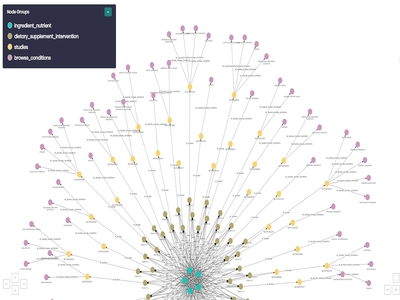
Big DataData ModelingOntologiesSemantic Layer
Creating a Dietary Recommendations Knowledge Graph with Timbr
What should we eat if we have certain dietary restrictions or pressing medical conditions? To answer this question we need to know what nutrients are contained in the ...
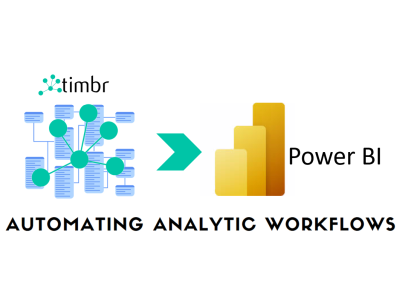
Big DataBusiness IntelligenceSemantic Layer
The Intelligent Semantic Layer enables PowerBI with advanced analytics across multiple data sources
Introduction Power BI is the highly popular business analytics service by Microsoft. It provides interactive visualizations and business intelligence capabilities with an interface simple enough for end-users to ...

NewsSemantic Layer
Timbr.ai recognized as a Gartner Cool Vendor
I am proud to announce that Timbr.ai has been named by Gartner a 2021 Cool Vendor for Data Management*. Timbr’s goal is to organize and democratize access to ...
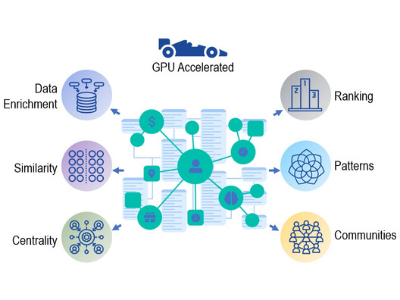
Big DataBigQueryGoogle AnalyticsGraph AlgorithmsSemantic Layer
Delivering fast recommendations from Google Analytics 360 SQL Knowledge Graph with RAPIDS cuGraph
In part 1 of this series, we introduced the GA360 SQL Knowledge Graph that timbr created, which acts as a user-friendly strategic tool to shorten time-to-value. We discussed how users ...
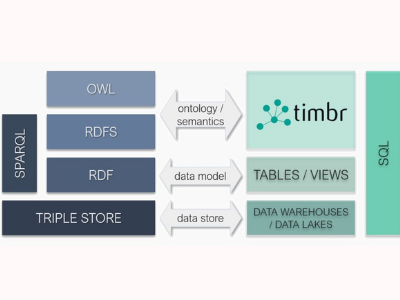
OntologiesOWL
Are you stuck with an OWL Ontology?
Are you stuck with an ontology that you cannot leverage for the benefit of your organization? You are a chief data, chief architect or chief innovation officer. You ...
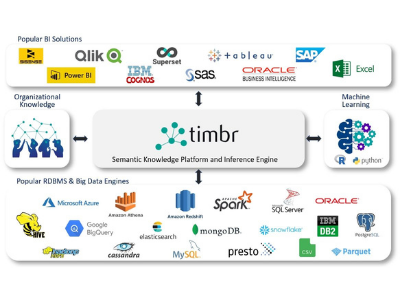
OntologiesSemantic Layer
Unlocking the Power of Data: The Magic of the Intelligent Semantic Layer
Introduction Timbr is the intelligent semantic layer based on SQL knowledge graph technology. What are the differences between Timbr and graph databases? Google introduced its Knowledge Graph project in ...
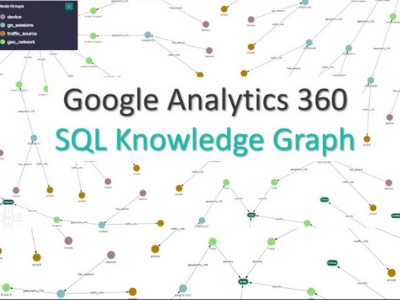
BigQueryGoogle AnalyticsOntologiesSemantic Layer
The Formidable Google Analytics 360 SQL Knowledge Graph
In this part 1 of 2, we explain the features and uses of the GA360 SQL knowledge graph. An off-the-shelf, customizable SQL Knowledge Graph enabled with graph algorithms, ...
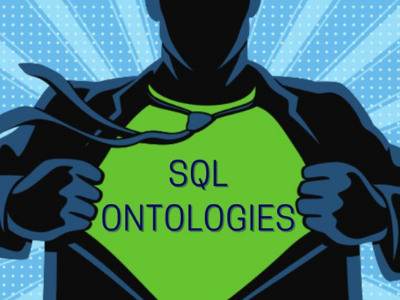
Data ModelingOntologiesSemantic Layer
Don’t leave information behind: Replace data modeling with powerful virtual SQL Ontologies
There is a built-in discrepancy between how businesses conceptualize their business domain, and how this conceptualization gets translated into concrete data models. Virtual SQL Ontologies resolve this discrepancy ...
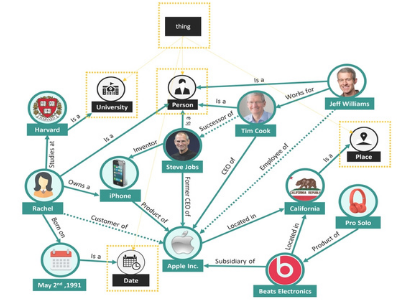
Business IntelligenceData ModelingOntologiesSemantic Layer
Introducing Timbr: the Semantic Layer based on SQL Knowledge Graph technology
Why haven’t you implemented a knowledge-graph-powered semantic layer to manage your data? Now you have no excuses. CIOs and CTOs are exposed to risky decisions with high impact ...
